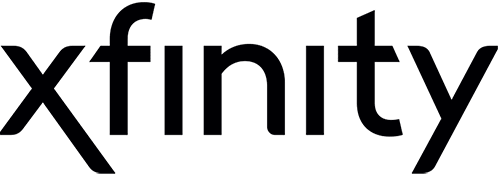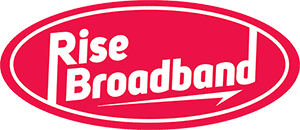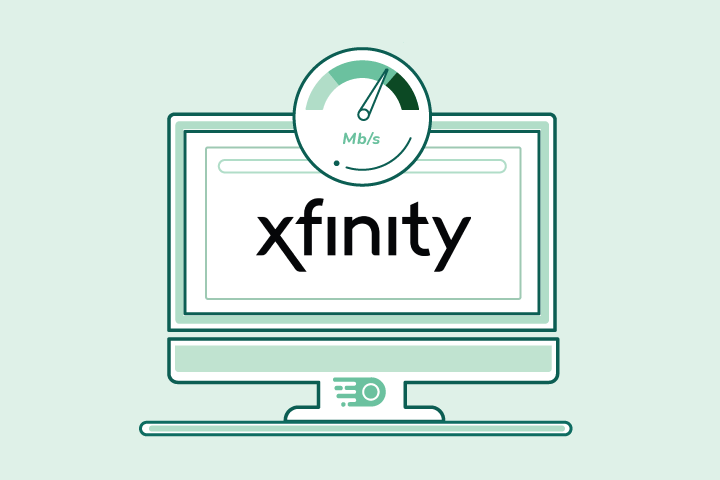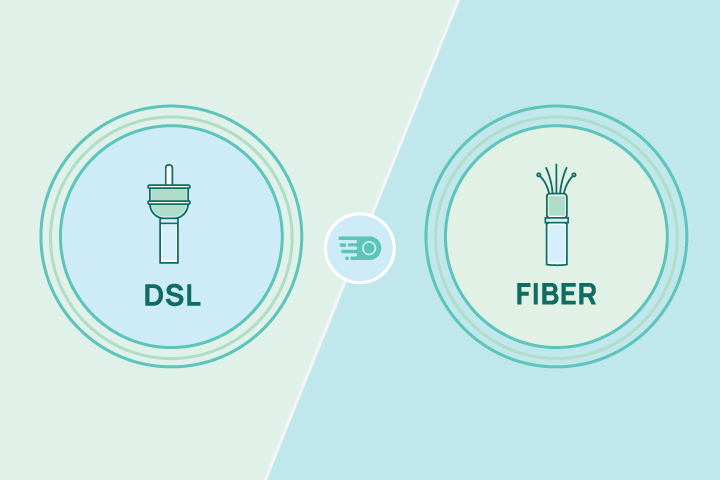Best Internet Alternatives to DSL
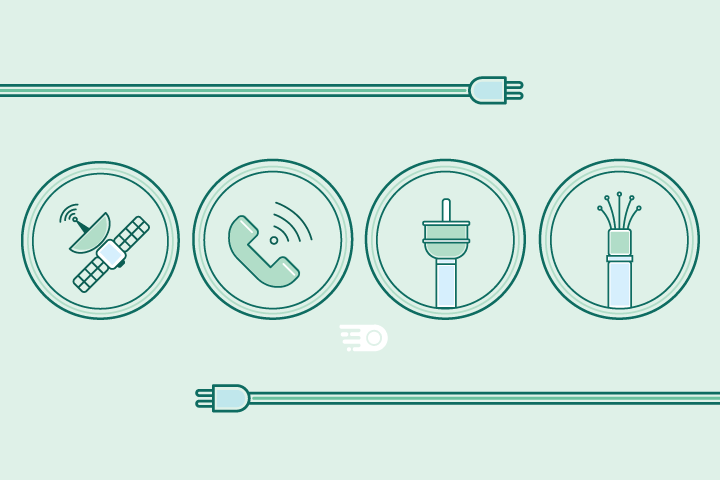
HighSpeedOptions prides itself on providing honest, quality content. While we may be compensated when you make a purchase through links on our site, all opinions are our own. Here's how we make money.
Table of Contents
As the internet became more and more popular in the late 90s and early 2000s, digital subscriber line (DSL) technology ushered in the first broadband internet connection. It made continuous, always-on, high-speed internet access available and silenced the screeches of dial-up modems. DSL was also a welcome solution to the complaints of millions of dial-up users who just couldn’t deal anymore.
Many other broadband offerings have far exceeded the speeds and capabilities of DSL, to the point where it is considered a legacy technology that is being phased out by some of the nation’s largest internet providers. We’re not calling it the end of DSL yet, but now is an excellent time to start exploring other types of internet.

Here’s a look at several alternatives to DSL internet that provide reliable and stable connections now and for the future.
Fiber Internet
Fiber internet is by far the fastest of any internet service. It is also what many ground-based internet providers are investing in to sustain their business success today and down the road.
Fiber internet relies on fiber optic technology, which transmits data between two points using pulses of light, rather than the electric impulses copper networks utilize. It is the future of land-based internet, as it provides massive bandwidth and incredibly fast speeds over long distances.
Currently, fiber is typically only available in densely populated areas where it is easy to get it to the greatest number of users in an efficient manner. However, recent funding from the Federal Communications Commission (FCC) is incenting providers to begin deploying fiber networks in more areas. In short, fiber will become more available over the next several years.
Pros of Fiber Internet
Fiber is the fastest land-based internet service available
Providers continue to invest in and expand their fiber networks
Things to Consider
While it is expanding, fiber is not widely available outside of densely populated areas
It can be expensive, especially for top speeds
Top Fiber Providers
- Fiber & DSL provider
- WiFi router included
- Unlimited data included
- Simplified pricing
- Unlimited data included
- No annual contract required
Cable Internet
Cable internet is one of the most widely available internet services in the United States. Similar to DSL, cable internet transmits data over copper coaxial cables – the same cable over which cable TV is distributed. If you have access to cable TV, you more than likely have access to cable internet.
While it doesn’t have the same speed potential as fiber, cable internet is capable of reaching speeds over 1000 Mbps. This is plenty of speed to support working from home, streaming, gaming, and a “smart” home. Top speeds are dependent upon the provider and your location.
Pros of Cable Internet
One of the most accessible internet services
Capable of high speeds and low latency
An excellent alternative to fiber, if fiber is not available in your area
Things to Consider
Because it is a shared service, speeds can drop during periods of heavy traffic
Cable internet service can be more expensive than other services
Top Cable Providers
- Same-day installations
- 8+ million free WiFi hotspots
- Unlimited data available
- Contract buyouts up to $500
- Free access to WiFi hotspots
- Nationwide availability
Satellite Internet
Satellite internet is the most accessible type of service. If you have an unobstructed view of the sky, satellite internet is available to you. For this reason, satellite internet is ideal for those in remote and rural locations. It often is the only internet service in these areas.
Though it is the most widely available service, it is also the slowest and laggiest. Download speeds can reach about 100 Mbps, and upload speeds can be as low as 3 Mbps. It relies on line of sight from your satellite dish to a satellite, or group of satellites, orbiting the earth, making it prone to weather disturbances and other obstructions.
Pros of Satellite Internet
99% availability coast-to-coast
Provides access to broadband internet to areas commonly without service
Things to Consider
One of the slowest, high-latency internet connections
Service can be affected by severe weather and visual obstructions
Top Satellite Providers
- Fast satellite internet
- Ideal for rural areas
- Up to 3x faster than DSL*
5G Internet
Fifth-generation internet technology is the latest evolution of cellular data networks, set to replace LTE, 4G, and 3G in the coming years. 5G is a wireless technology with several layers in its spectrum that can provide speeds as high as 10 Gbps. While we won’t see 10 Gbps publicly available for some time, 5G is capable of providing stable speeds to consumers hovering around 100 Mbps and higher.
5G internet is a wireless technology with reception and speeds varying depending on location. If it is available in your area, it is a viable solution for broadband internet access. As of now, there are only a couple of providers offering in-home 5G internet, but we expect that to change as this relatively new technology continues to deploy and advance.
Pros of 5G Internet
A high-speed internet connection with a promising future of wider availability and increased speeds
5G capable devices are readily available
Things to Consider
For now, there are few providers offering in-home 5G internet
Some materials can block or interfere with signal strength
Top 5G Providers
- Fast symmetrical speeds
- Fiber-optics network
- No annual contracts
Fixed Wireless Internet
Similar in function to satellite internet, fixed wireless internet operates by line-of-sight from a transceiver on your property to a provider’s tower rather than to a satellite orbiting the earth. Fixed wireless is capable of speeds that compete with and surpass those of DSL internet; however, a direct line of sight is mandatory for fixed wireless internet.
If you live in a rural area, fixed wireless internet offers an alternative to satellite internet. As long as there is a clear line of sight between the receiver and the tower, its signals are capable of traveling long distances (~10 miles). One advantage fixed wireless has over satellite internet is that it is less likely to be disrupted by inclement weather. Fixed wireless is also great in densely populated urban areas and apartment buildings.
Pros of Fixed Wireless Internet
It is capable of speeds up to 1000 Mbps and is less expensive than satellite internet.
Fixed wireless internet is a great solution for customers in country settings and rural areas
Things to Consider
Connectivity and stability require a direct line of sight between your receiver and the tower.
It currently has limited availability.
Top Fixed Wireless Internet Providers
Final Thoughts
DSL is a readily available type of broadband internet, but all signs point to the sunset of the technology. It simply can’t provide the bandwidth and speeds today’s lifestyles demand.
However, we encourage you to begin looking for alternative solutions to DSL, as it is older technology with many limitations. As providers invest in new technologies, such as 5G and fiber internet, you can expect to start seeing more choices and faster speeds becoming available in your area.
Find providers in your area

Table of Contents


